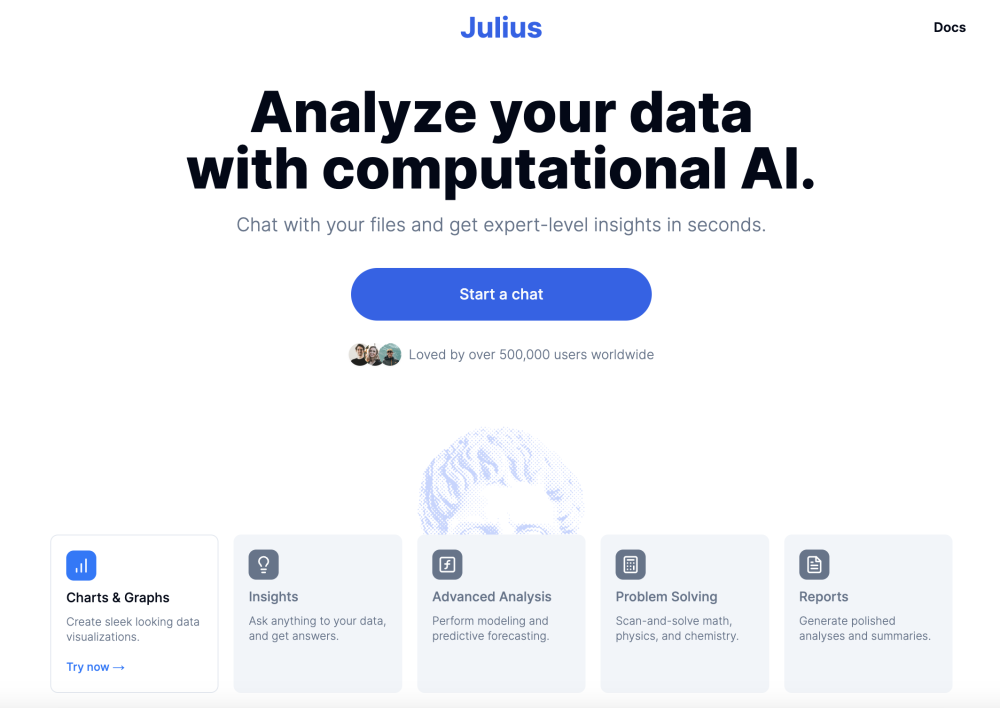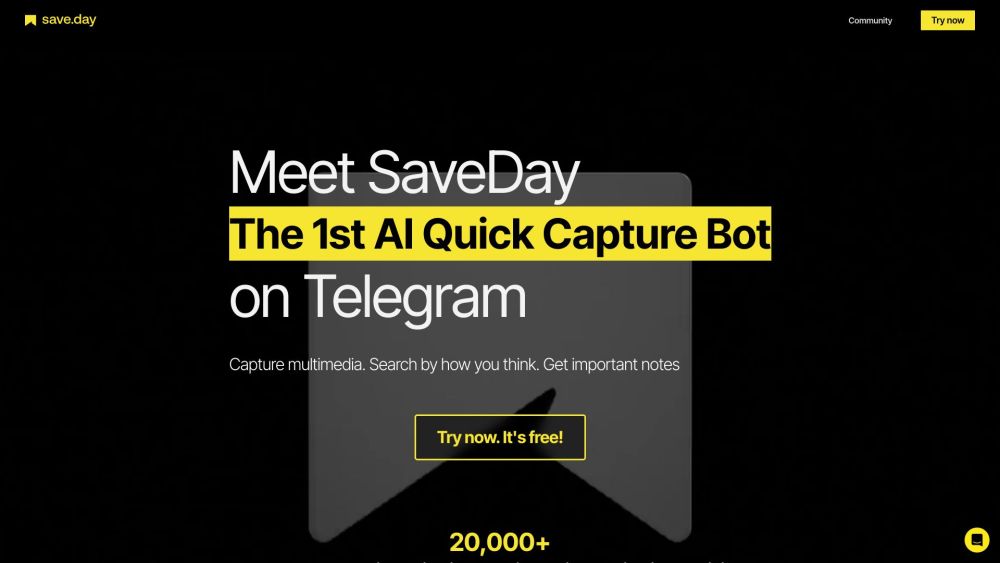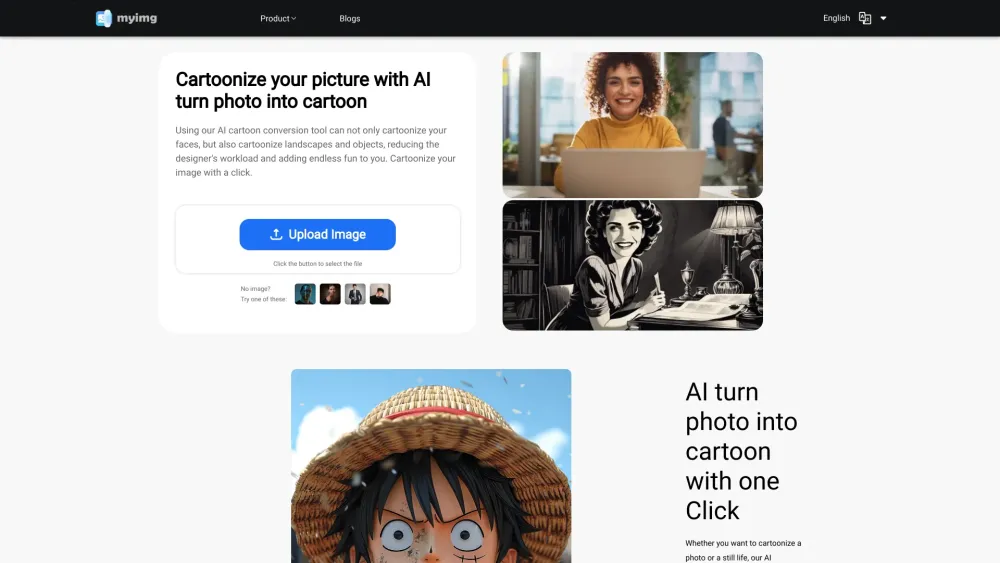China's Large Models Lag Behind ChatGPT-4 by at Least Two Generations
Most people like

Discover the power of our AI tool designed specifically for converting Twitter Spaces into text. Easily transcribe conversations, lectures, and discussions from Twitter Spaces, capturing every insightful moment effortlessly. With our advanced technology, you can enhance accessibility, make notes, or repurpose content for blogs and articles. Join the growing community leveraging AI to streamline their Twitter Spaces experiences!

Unlock the power of AI-driven data analysis and visualization with our innovative AI data analyst toolkit. Designed to streamline your data exploration process, this tool transforms complex datasets into engaging visual insights, empowering you to make informed decisions. Discover how our AI data analyst can elevate your analytics game by enhancing your ability to interpret data and drive business success.

SaveDay is a dynamic Telegram bot designed to help users bookmark and organize their content with ease. Experience seamless content management while enhancing your productivity with this powerful tool.

Transform Your Images and Videos into Stunning Cartoons Instantly
Unleash your creativity by effortlessly converting your photos and videos into captivating cartoon versions. This tool allows you to cartoonize images and videos in just a few clicks, providing a fun and unique way to express your artistic vision. Whether you're looking to create eye-catching content for social media, personalize gifts, or simply explore your creative side, discover how easy it is to instantly cartoonize your visuals today!
Find AI tools in YBX

